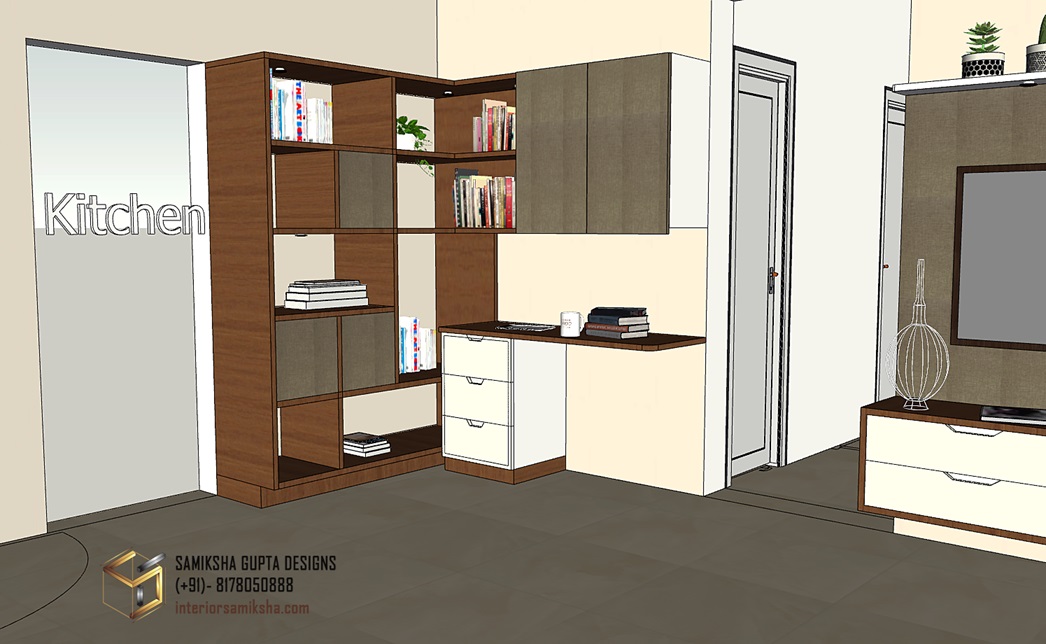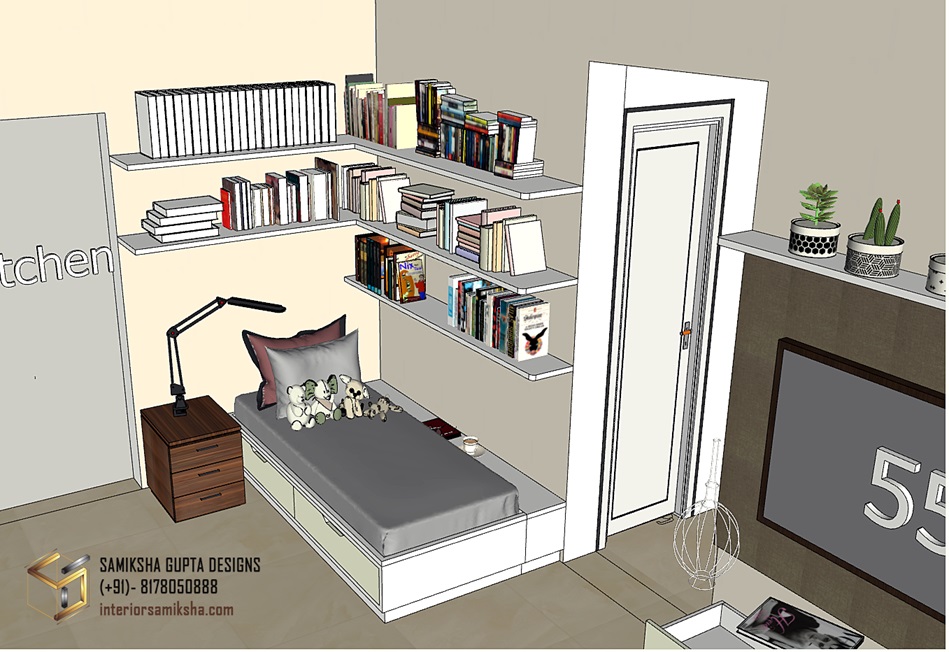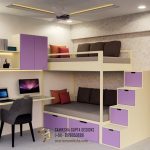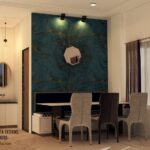In the realm of interior design, minimalism has become a significant trend, admired for its ability to blend functionality with aesthetics. But how exactly do minimalist interior design principles enhance the functionality and aesthetics of modern living spaces?
Let’s explore the key elements that make minimalism a powerful design approach.
-
Embracing Non-Cluttered Spaces
At the heart of the minimalist design is the principle of decluttering.
This focus on simplicity directly enhances functionality by making spaces easier to navigate and use. By reducing the number of items in a room, every piece of furniture and décor serves a specific purpose, streamlining daily activities and eliminating distractions.
-
Fulfilling All Requirements
Minimalism is not about sacrificing utility. Instead, it’s about selecting multifunctional and essential items that meet your needs without overcrowding the space.
For example, a living room study nook designed with minimalism in mind might include a sleek desk with built-in storage and floating shelves that can hold about 100 books. This approach ensures everything you need is within reach, creating an efficient and practical workspace.
-
Achieving Aesthetic Harmony
Aesthetics in minimalist design, while subjective, generally aim for simplicity and harmony.
Proper lighting and cohesive colour themes contribute to a serene and visually appealing environment. Neutral tones, complemented by occasional pops of colour, can make a space look inviting and stylish without overwhelming the senses.
-
Balancing Comfort and Coziness
Contrary to popular belief, minimalism and cosiness can coexist beautifully. While minimalism focuses on simplicity, it doesn’t mean a space has to be cold or impersonal. Soft textures, warm lighting, and comfortable seating can create a cosy, minimalist space. For instance, a minimalist study nook might feature a comfy chair, a soft throw blanket, and adjustable warm lighting, making it both practical and inviting.
-
Enjoying Psychological Benefits
A minimalist space can significantly reduce stress and increase focus. By eliminating excess items and distractions, minimalism creates a calming environment conducive to productivity and relaxation. This benefit is precious in functional areas like home offices or study nooks, where concentration and comfort are paramount.
-
Simplifying Maintenance
One of the practical advantages of minimalism is easier maintenance. Fewer items mean less cleaning and upkeep, freeing up more time for other activities and reducing the mental load associated with managing clutter. This simplicity helps maintain a clean and organized living space with minimal effort.
Practical Application: Designing a Minimalist Study Nook
Consider a recent project where I designed a study nook in a living room for a client. The primary requirement was to accommodate a collection of about 100 books and provide a comfortable space for studying. Here’s how I approached the design:
- Draft 1: Featured built-in bookshelves with a sleek desk integrated into the shelving unit. The design was streamlined with clean lines and neutral colours, maximizing space efficiency and keeping the area visually light and airy.

- Draft 2: Included a cosy corner with a comfortable chair, a small side table, and floating shelves for books. The colour scheme was warm, with soft lighting to enhance the cosy feel.

Evaluation:
- Minimalistic: Draft 1 was more minimalistic due to its streamlined design, integrated functionality, and clean lines.
- Comfortable and Cozy: Draft 2 felt more comfortable and cosy with its warm colours, soft lighting, and inviting seating.
Conclusion
Minimalist interior design principles enhance modern living spaces by focusing on functional design, aesthetic simplicity, and maintaining comfort. By carefully selecting multifunctional items and keeping the design uncluttered, you can create a space that is both beautiful and highly functional.
Minimalism is not just a design choice; it’s a lifestyle that brings harmony, efficiency, and tranquillity into your home. Whether you aim for a sleek and streamlined look or a cosy and inviting atmosphere, minimalist principles can help you achieve your desired outcome while enhancing the overall functionality and aesthetics of your living space.




